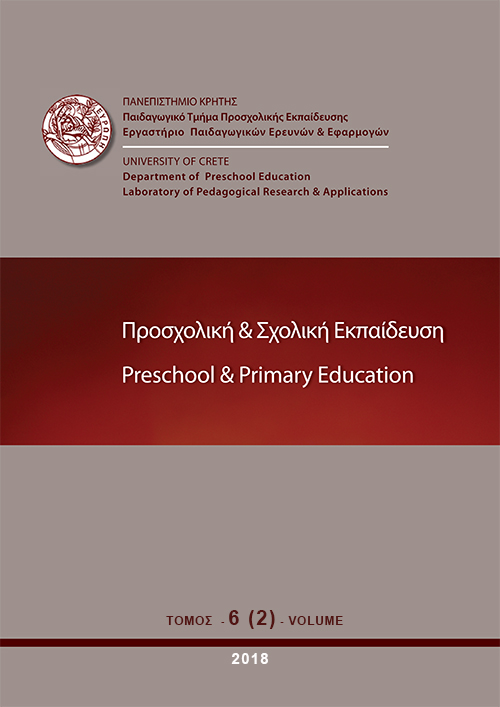The evaluation of the structure of Parallel Support by parents of children with Autism Spectrum Conditions

Abstract
The aim of this quantitative research was to research the opinions of the structure and function of Parallel Support (P.S.) by parents with children on the autism spectrum. Through random sampling, the sample of the study consisted of 185 parents [148 (80.0%) female and 37 (20.0%) male]. The data of the questionnaire were analysed via descriptive and inferential statistics (SPSS version 21). Parents with children on the autism spectrum positively evaluated the attendance of their children in the general education classes, as well as the meetings with the teachers. They moderately evaluated teachers' support in home-related issues the children might deal with. On the other hand, the recruitment process of special education teachers and the inadequate information of the Diagnostic and Support Centres concerning the kind of school that their children should attend and the function of the P.S. were negatively evaluated. Finally, there were also some dependent variables that affected parents’ answers, such as education, professional level, financial situation, place of residence, student’s school (Public or Private P.S.), as well as elementary and secondary level. In conclusion, parents pointed out that the P.S. has significant benefits to the behavioural and educational level of their children. However, their evaluations have shown that the educational policy of inclusion is not thoroughly implemented.
Article Details
- How to Cite
-
Mantzikos C. Ν., Lappa C. Σ., Siamanta, V., & Charoumenou, Z. (2018). The evaluation of the structure of Parallel Support by parents of children with Autism Spectrum Conditions. Preschool and Primary Education, 6(2), 144–162. https://doi.org/10.12681/ppej.15889
- Issue
- Vol. 6 No. 2 (2018)
- Section
- Articles

This work is licensed under a Creative Commons Attribution-NonCommercial-ShareAlike 4.0 International License.
Authors who publish with this journal agree to the following terms:
- Authors retain copyright and grant the journal right of first publication with the work simultaneously licensed under a Creative Commons Attribution Non-Commercial License that allows others to share the work with an acknowledgement of the work's authorship and initial publication in this journal.
- Authors are able to enter into separate, additional contractual arrangements for the non-exclusive distribution of the journal's published version of the work (e.g. post it to an institutional repository or publish it in a book), with an acknowledgement of its initial publication in this journal.
- Authors are permitted and encouraged to post their work online (preferably in institutional repositories or on their website) prior to and during the submission process, as it can lead to productive exchanges, as well as earlier and greater citation of published work (See The Effect of Open Access).


